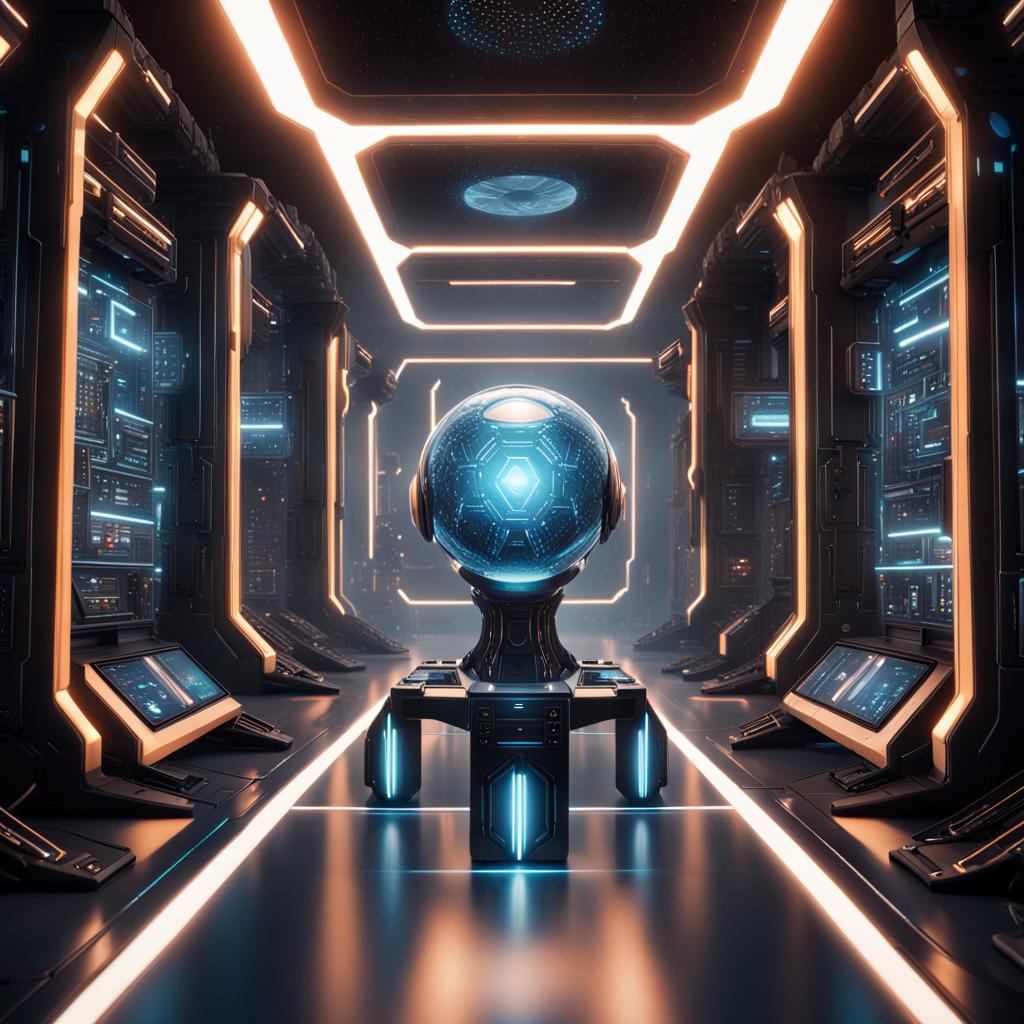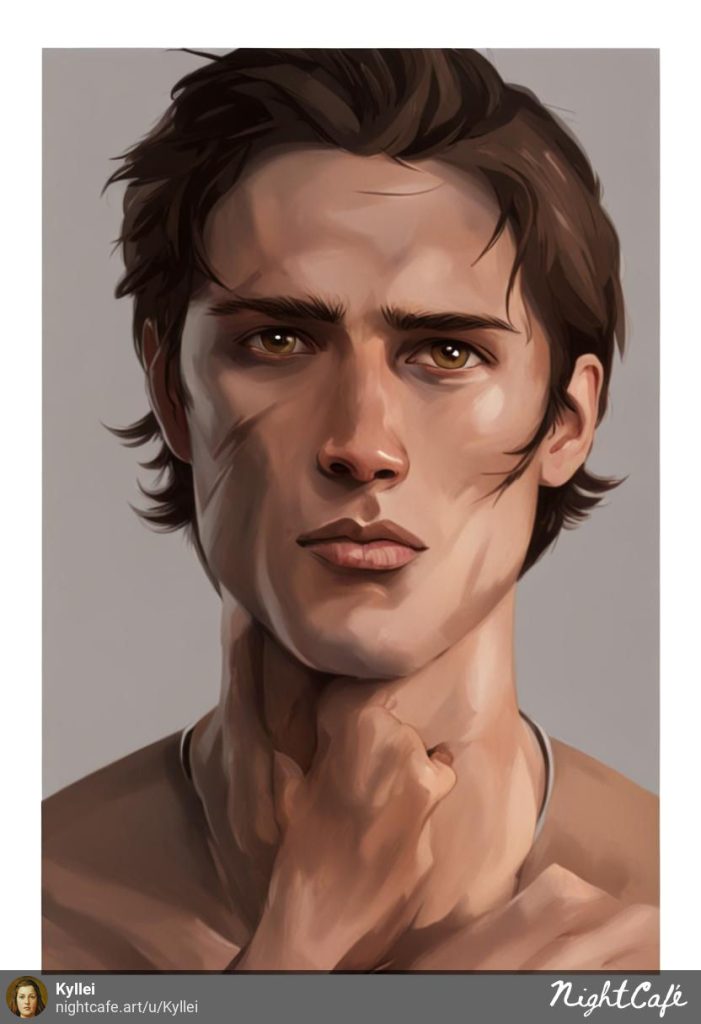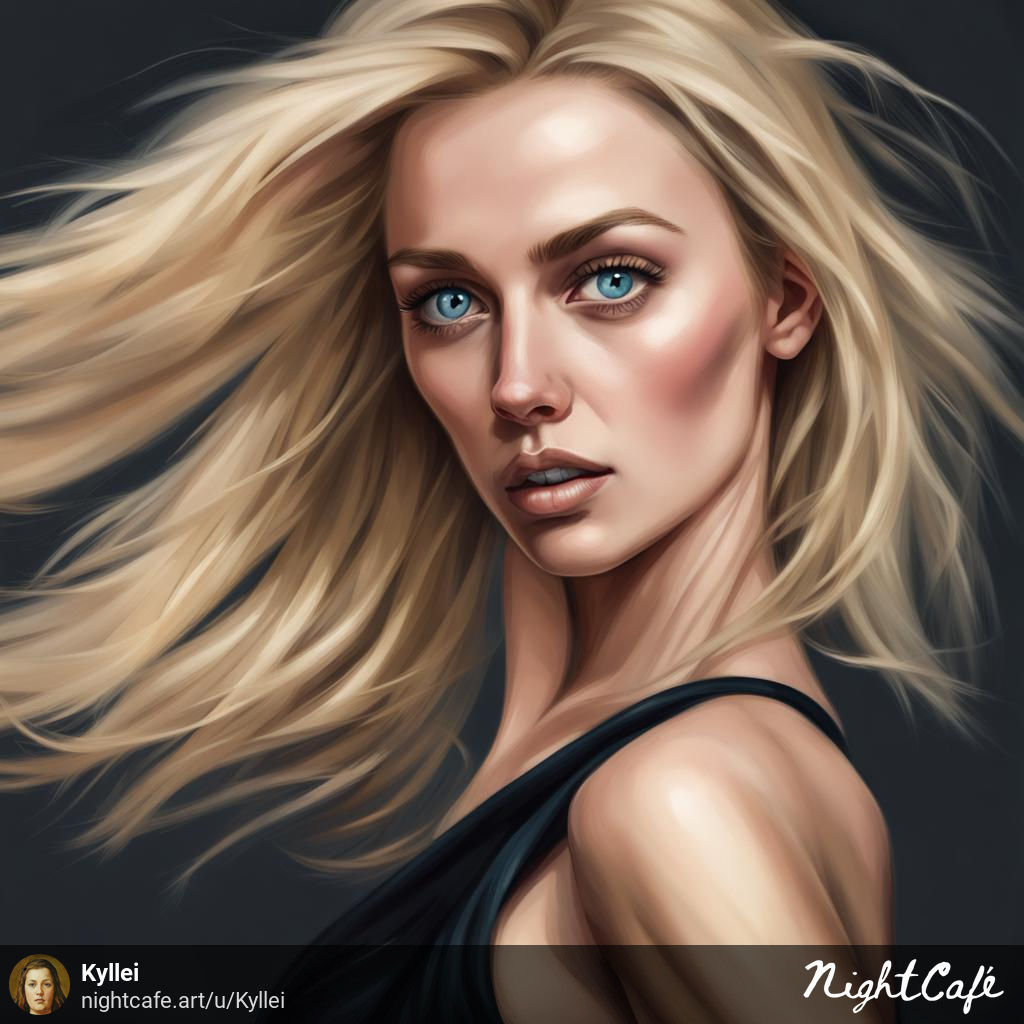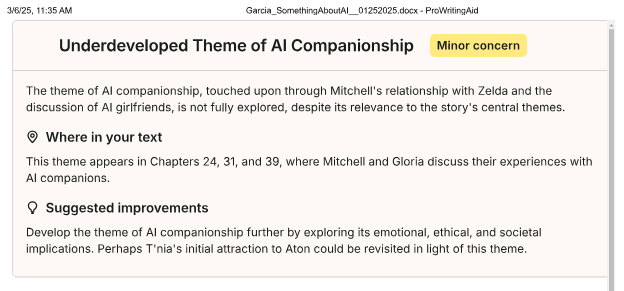There is so much angst surrounding the usage of AI when it comes to the arts. To quote Chris Rock, Selective Outrage. People have been using AI for a long time already. What do they think Spellcheck is? But it’s not the purpose of this article to educate on the pervasiveness of AI. Here, watch this:
Both Barnes & Noble Press (B&N) and Amazon Kindle Direct Publishing have a question during the publishing process that asks if AI was used in production. B&N narrows the question down further by asking if AI was in creation or assisting. I chose assisting. Here’s how I used it.

AI Art
Outside the publishing process, one thing I did was to create images of the characters in the story. Just the act of thinking through the AI prompt as to how I want them rendered was helpful in visualizing and bringing the person to life. If I could draw perhaps I’d have done that but with NightCafe it only took me a few moments to come up with Mitchell Scott.
I was so pleased with how he turned out I kept going. There’s Jason Andarza, with his scarred face, and T’nia Foster – didn’t much like the way she turned out because the hair always seemed wrong. I did Ben Zhou’s office. Even the back room where you-know-who lived got an imagining. All sorts of images but I’m no master at creating AI art and realized soon enough I was down a rabbit hole and needed to focus on the writing.



AI Content Creation
I do my first drafts in Scrivener and have done since I first got the application at half price after “winning” my first NaNoWriMo back in 2014 (a novel still unpublished).
Scrivener itself contains no artificial intelligence (AI), nor does it participate in any data scraping activity. That is to say, Scrivener does not do anything with your text in the background that would cause it to be sent anywhere from your machine to any other server. L&L as source.
After drafting in Scrivener, I export as a .docx and open in MS Word. Word catches more spelling and grammar problems and I love using the text-to-speech feature. I can hear the mistakes or where the writing snags.
It’s clear Microsoft has embraced AI and that includes Word.
Generative AI in Word refers to Microsoft 365 Copilot or, more specifically, Copilot in Word. It uses AI to help people write, edit, and understand documents more easily by drafting content, adjusting formatting, improving flow, and summarizing information. MS as source.
Using the MS Assistant (AI) I asked and was answered:
Yes, the Word Read Aloud function uses text-to-speech (TTS) technology, which is a form of artificial intelligence that converts written text into spoken words. This feature helps with proofreading and enhances comprehension by allowing users to listen to their documents.
I was an IBM employee when I volunteered to the division doing voice to text technology development in the 1990s. This is NOT new stuff.
During the creation of the novel I did use AI to ask some questions. There is a chapter, Gloria Reports the News, where Gloria searches for information and she queries ChatGPT and Pi. The responses are the actual responses from those apps to her question. I had another section like that with Mitchell but it got cut during editing. In my mind, that is not AI generated content even though it kinda is. I think the definition of what exactly is AI and what is not, is very vague and constantly changing.
AI Editing
After a first revision I submitted my manuscript to a small publisher who was interested but thought I relied too heavily on dialog and wanted me to make fixes. I made fixes and then to test the waters I submitted the novel to the BookLife Prize. I received a fairly decent (Certified Fresh!) review but knew I needed to do more editing.
After I went through the .docx over and over and over again in Word I plugged it into a new tool I was trying: ProWritingAid (PWA). PWA is a Orpheus Technology product. Orpheus is all about AI.
PWA was absolutely worth it for me, an indy author who isn’t lucky enough to make it into the “Big Five“. For me, as I’ve mentioned many times, the writing is the easy part. The editing is the nightmare. And I’m simply not flush enough with cash to pay for professional editing again (I did for my book of short stories). So what’s a girl to do?
The first thing I did with PWA was to run the assessment. It’s free for the first time but after that, even if you have a PWA license, it’s $25. The output from the assessment PWA did of my novel is a twenty page document that covers: Story Overview, Narrative Elements, Competitive Landscape, Characters (including their archtype!), Underdeveloped Theme, lists of concerns – ranked and rated, and so much more. I was thrilled with that information and went back to work in MS Word.

When I just could not take anymore editing I put the final word version into PWA once more and used the grammar feature to fix all those and get myself to 100%.
AI Assistant
After I deemed the book ready to go to publishers again I used AI Assistant to help me with the synopsis. I wrote the first draft and then used MS AI Assistant (used via the MS Edge browser) to help refine it. I also used that AI Assistant to help me with a back cover blurb and the About the Author bit. In both cases, again, I drafted it first and then used MS AI Assistant to refine it. I’ve always disliked creating profiles. There is something about that being created external to me that makes it feel like I’m not going on and on about me. That may not make sense to you but there you have it.
After sending queries into the black hole that somehow resembles the same black hole where resumes go to die, I decided to just publish it myself. I used the same blurbs for websites and social media.
In Summary
I think I’ve covered everything but as is my way I’ll probably edit this post 714 more times. What I hope I’ve conveyed is that you can use AI and still have all original content.
There’s something else. Back when I worked on the IBM Watson products to do cognitive computing solutions there was significant human intervention in the form of ingesting content, annotating, etc. What those folks did was magic. They were training Watson on existing information. So what? That is how humans learn, too. I married a Fine Art major in college; he learned based on the work of others, copied styles, techniques, and more. As a student studying literature and creative writing I did the same thing. The sum total of human knowledge is built on the back of others. You can’t even be an original thinker if you haven’t ingested huge amounts of information that enables you to ‘think outside the box’.
It reminds me of when the indy music scene started with the ease of MIDI and using computers to edit, transcribe, music and the like. And remember the NAPSTER p-to-p stuff? OMG that caused such outrage, such angst. Back then I was like, this stuff is not going away. The industries need to quickly learn how to embrace and adapt. I think the same is true now. I’m not saying authors and other artists should not sue to protect their work; I think it’s particularly awful for someone’s image to be stolen, or their voice, stuff like that. I’m just saying that I don’t suffer from all the angst that other writers seem to suffer from and I don’t know if my novel would ever have made it out the door had I not had access to tools like PWA.
Some might say that’d be a good thing. HA!! 😉
Your comments are welcomed just don’t be hateful.